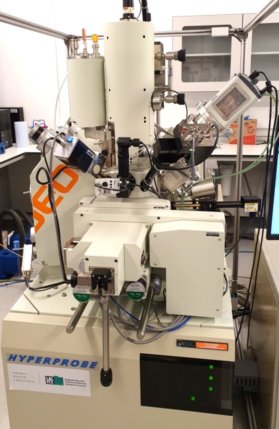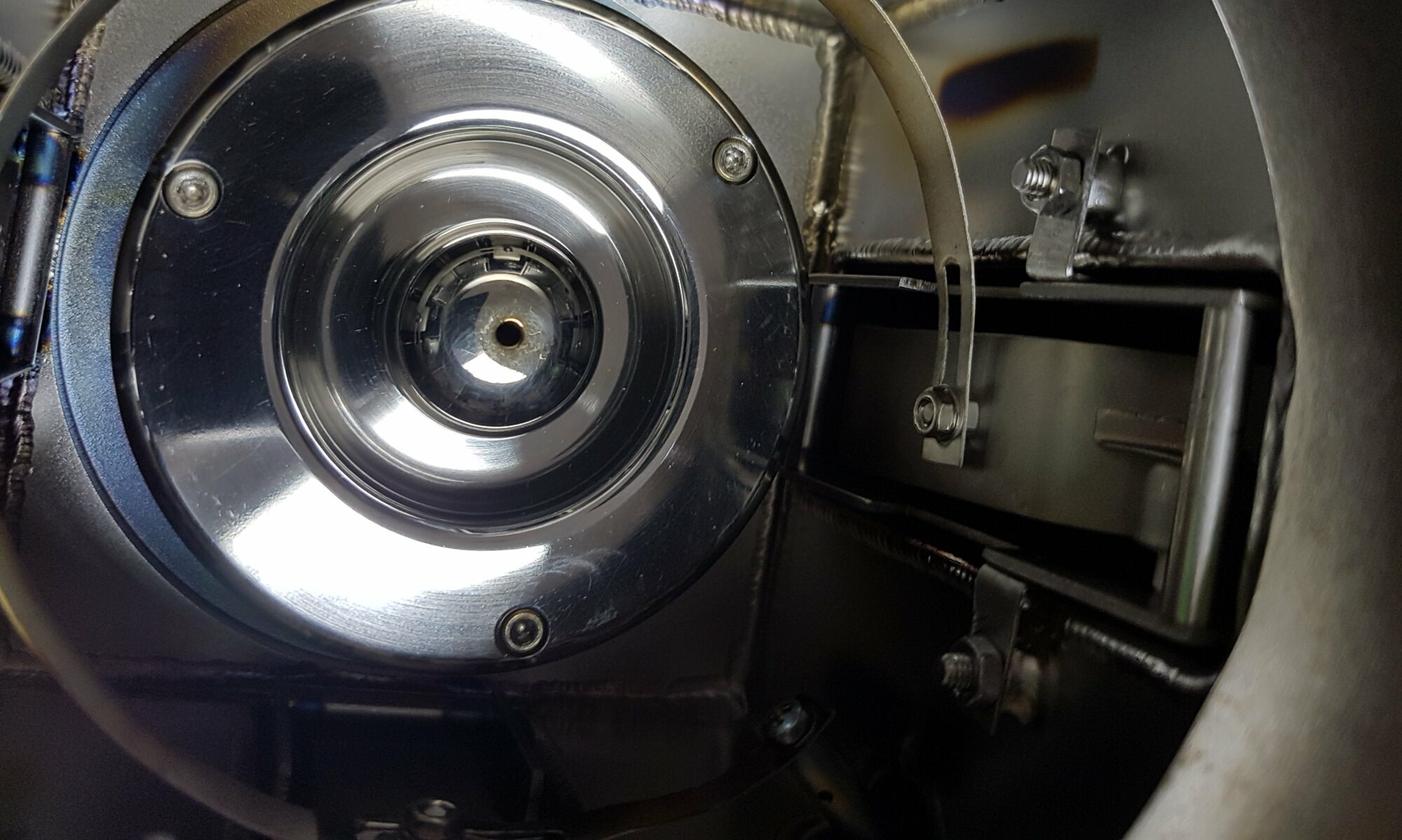Purchased in 2016, our JEOL JXA-8530F FEG-EPMA is a state-of-the-art electron microprobe.
This instrument specialises in the analysis of light elements and metallographic samples.
It uses a Field Emission Gun (FEG) electron beam source, allowing for the narrowest electron beam diameter with beam currents in excess of 500nA. The high stability JEOL electron column allows for the routine use of low voltage and low overvoltage quantification, and the instrument is encompassed within a JEOL field cancellation system to minimise external interference.
This EPMA is fully populated with detectors:
As well as typical quantitative spot analyses, this instrument routinely produces fully corrected, fully quantitative elemental maps that detailed the chemical composition of samples down to concentrations less than 0.1 wt%.
This instrument has also benefitted from multiple upgrades:
These upgrades allow us to perform simultaneous analyses using all of the EPMA detectors (WDS, EDS, CL, SE, BSE), including the UK’s first JEOL Soft X-ray Emission Spectrometer (SS-94000 SXES).
The SXES is a low energy range spectrometer equipped with the JS50XL and JS200N gratings that are able to detector X-ray energies down to less than 50 eV and up to 210 eV (1st order). This allows the direct determination of lithium (Li), beryllium (Be) and boron (B) 1st order X-rays at high sensitivity, as well as higher order reflections of elements including carbon (C), oxygen (O) and nitrogen (N).
As many of the emissions detected by SXES arise from molecular orbital transitions, the bonding environments can be probed to identify chemical state changes for a number of elements.
Acknowledgements
The JEOL JXA-8530F was funded by EPSRC award EP/M028097/1.
This instrument is part of the Advanced Metals Processing and Characterisation themes of the Henry Royce Institute for Advanced Materials, funded through EPSRC grants EP/R00661X/1, EP/S019367/1, EP/P025021/1 and EP/P025498/1.

Electron Source: FEG
Detectors: 4x WDS equipped with a range of diffracting elements including LIFL, PETL, TAPJ, LDE1H, LDE2H and LDEB
JEOL EDS
JEOL SXES-LR
JEOL CL
Contact: Jon Fellowes
Location: PSI 1.314
